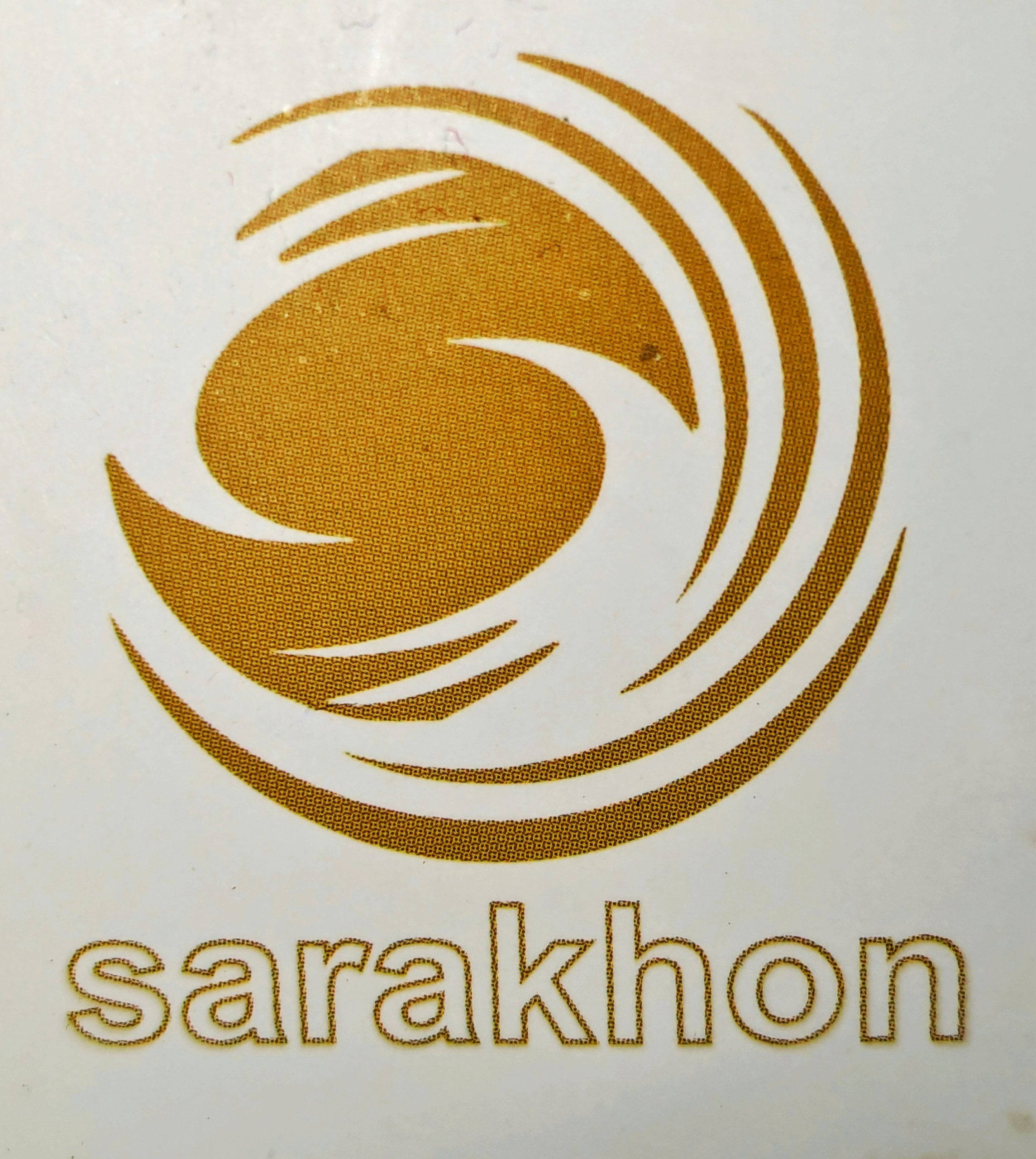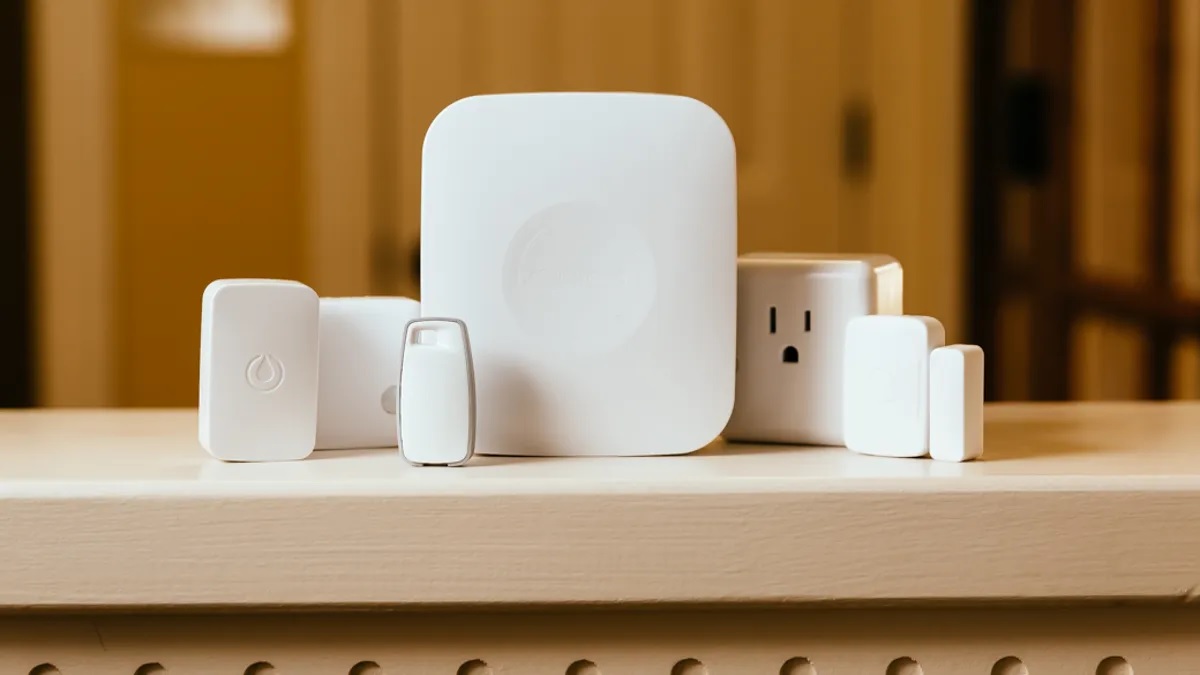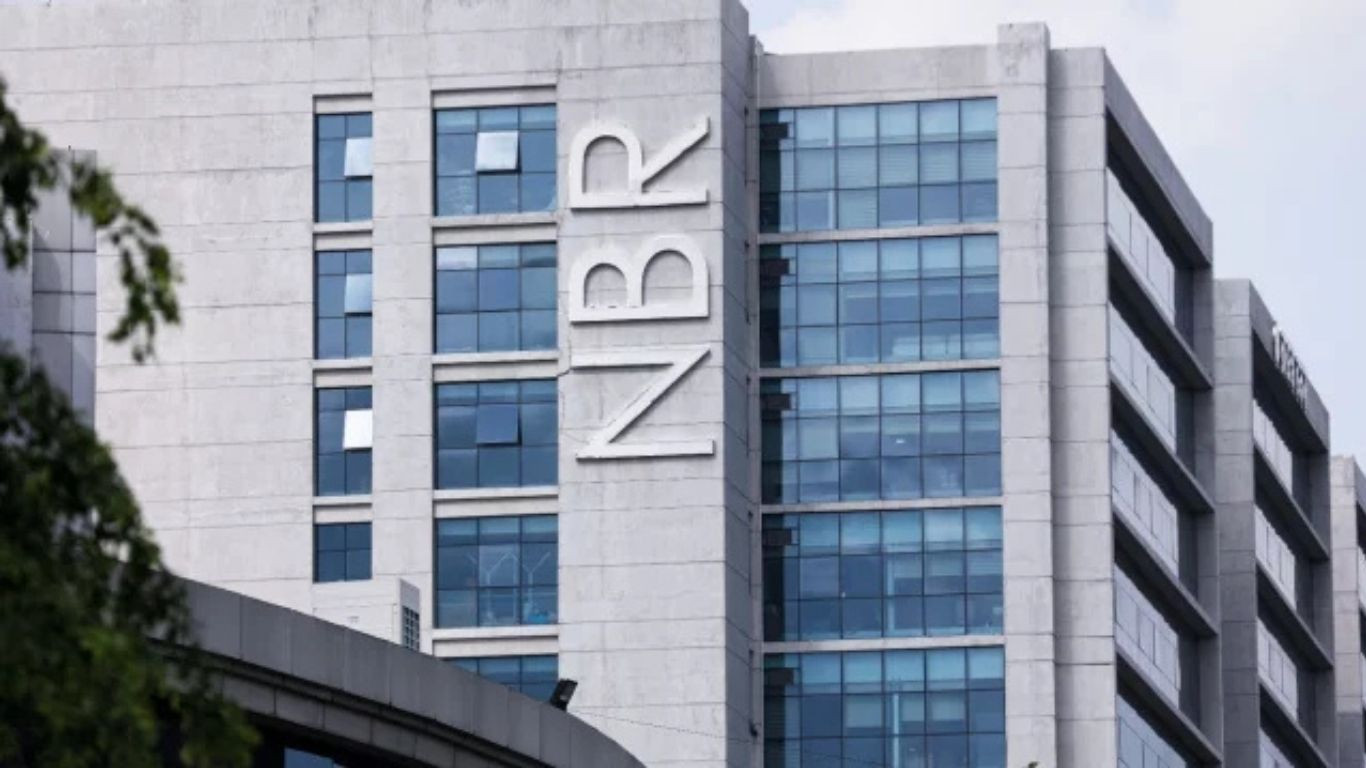Samsung’s smarter SmartThings hub leans hard into local control

New hub trims the cloud, doubles down on Matter
Samsung has unveiled a new generation of its SmartThings hub for the US market, positioning it as the brains of a more reliable, less cloud-dependent smart home. Built by partner Aeotec and sold as the Smart Home Hub 2, the compact device is designed to run more automations directly on the hub itself instead of bouncing every command off remote servers. Samsung says that means routine actions—like lights turning on when you unlock the door or motion triggering a hallway lamp—should keep working even if your internet briefly drops. The hub supports Bluetooth Low Energy, Zigbee and Thread radios, bringing a wide range of bulbs, plugs, locks and sensors under one roof.
Crucially, the new SmartThings hub also acts as a full Matter controller and Thread border router, ready to manage the growing wave of cross-platform devices built on the Matter standard backed by Apple, Google, Amazon and others. That makes the hub a kind of translator between older Zigbee gadgets and newer Matter-over-Thread products, with the SmartThings app stitching them together into scenes and routines. Samsung is deliberately phasing out Z-Wave support on this model, a clear signal that it sees Matter and Thread as the long-term backbone of its ecosystem. For buyers, that simplifies the spec sheet even if it leaves some legacy gear behind.
Ecosystem play across TVs, appliances and phones
Samsung’s move lands in an increasingly crowded smart-home market where big platforms are racing to keep users loyal as standards converge. Google’s Nest hubs, Amazon’s Echo speakers and Apple’s HomePod line can already act as Matter controllers, but Samsung is betting that the depth of SmartThings across TVs, washing machines, fridges and Galaxy phones will be its edge. The idea is that you set up the hub once near your router, then manage everything else from your phone, TV or even smartwatch—checking door sensors from the sofa, or dimming lights from your wrist.
Analysts say that focusing on local processing helps answer long-standing complaints about laggy cloud automations and privacy concerns. If fewer commands leave the house, there is less data to mine and fewer ways an outage can break basic routines. Retailers in the US are already bundling the new hub with high-end Samsung TVs and appliances as part of “connected home” promotions, hoping buyers will later add more sensors and smart switches. For Samsung, the hardware is just a beachhead: the real goal is to keep households inside SmartThings as they sign up for energy-monitoring tools, security subscriptions and premium automations over time. Whether that strategy pays off will depend on how seamless the experience feels—and how quickly Matter devices from rival brands truly “just work” alongside Samsung’s own.





















